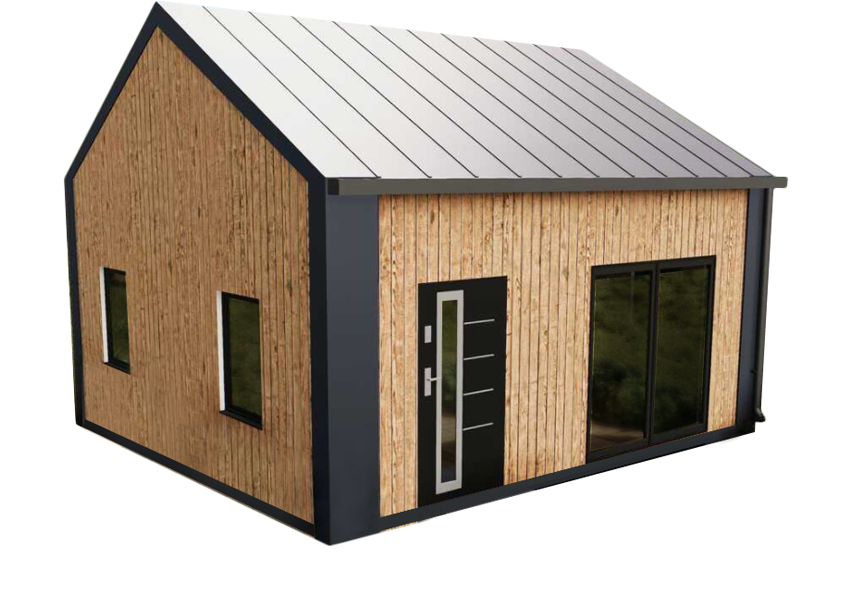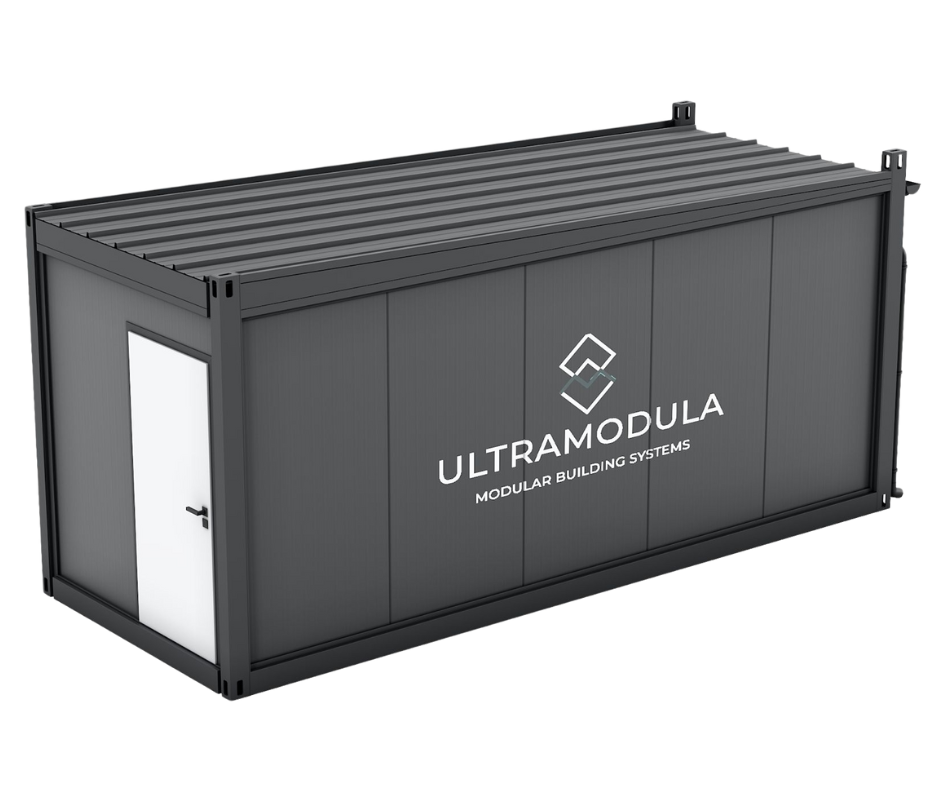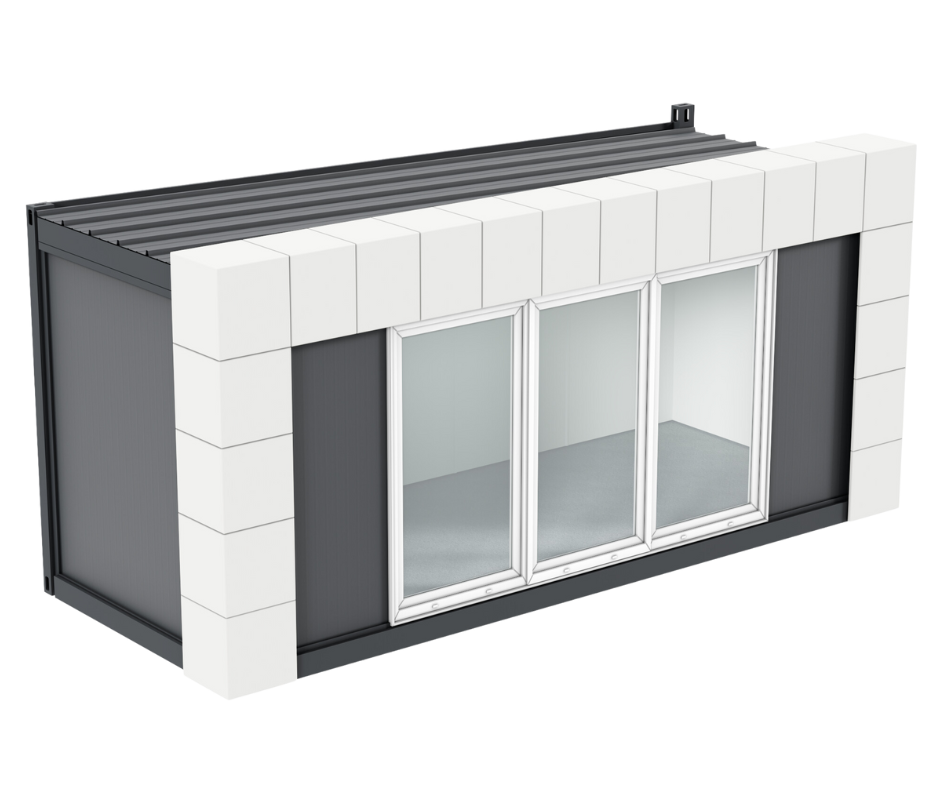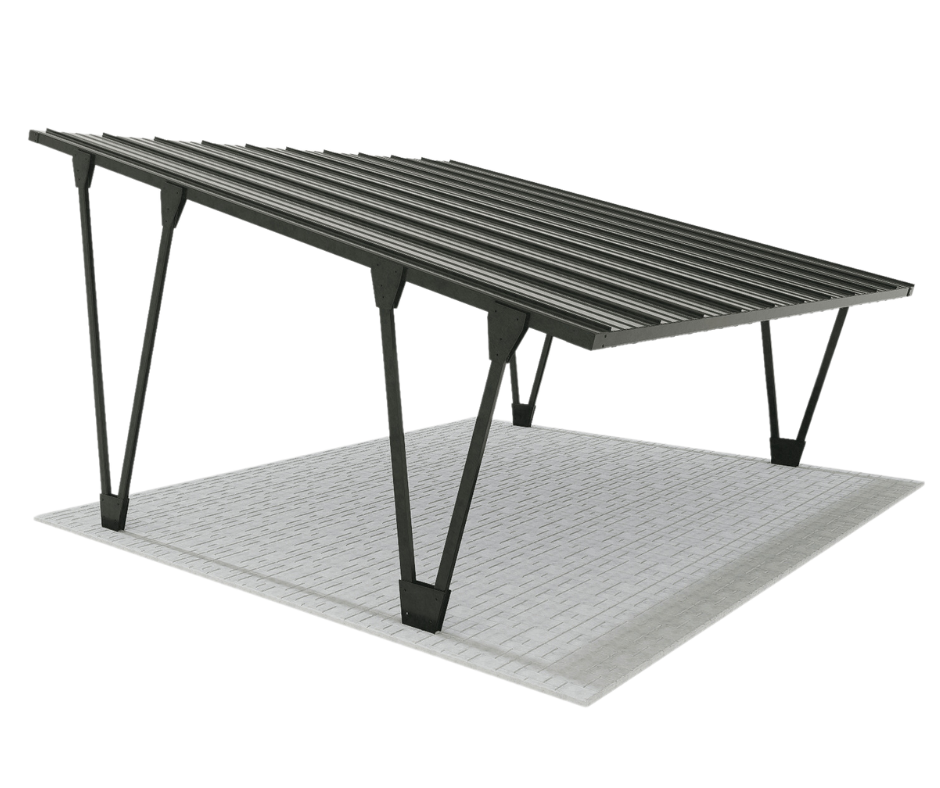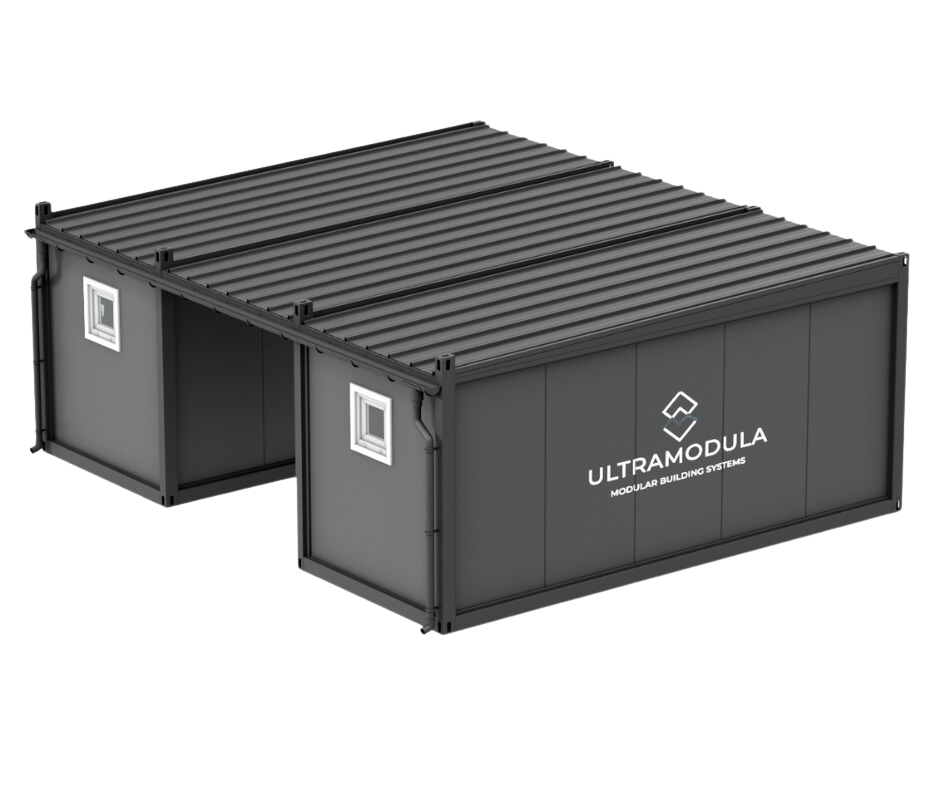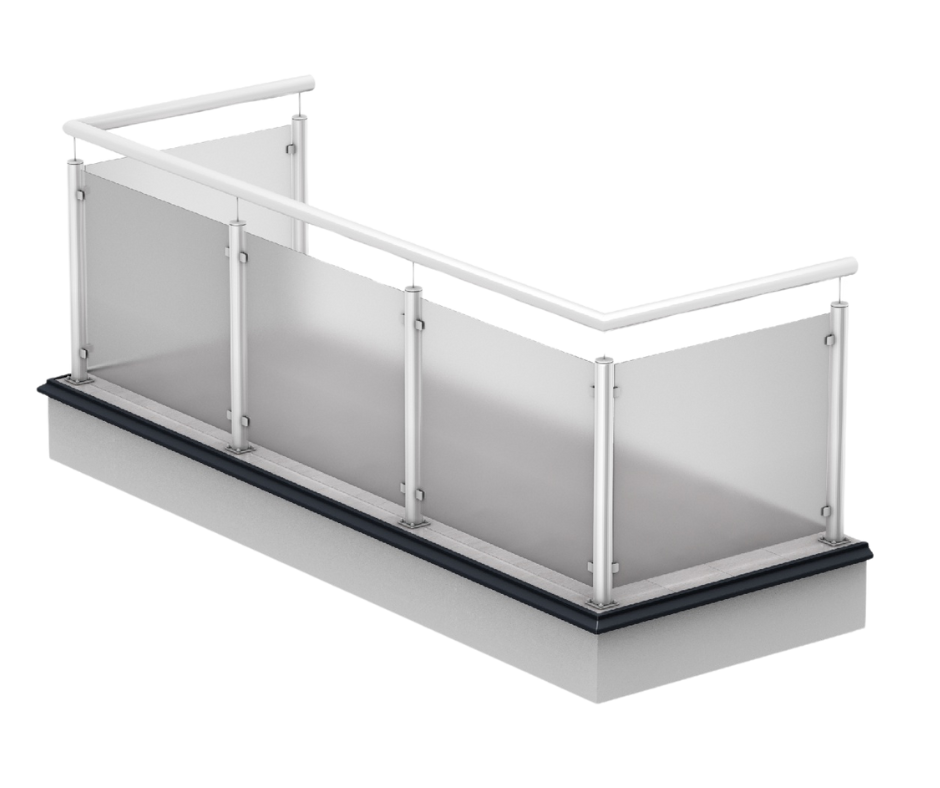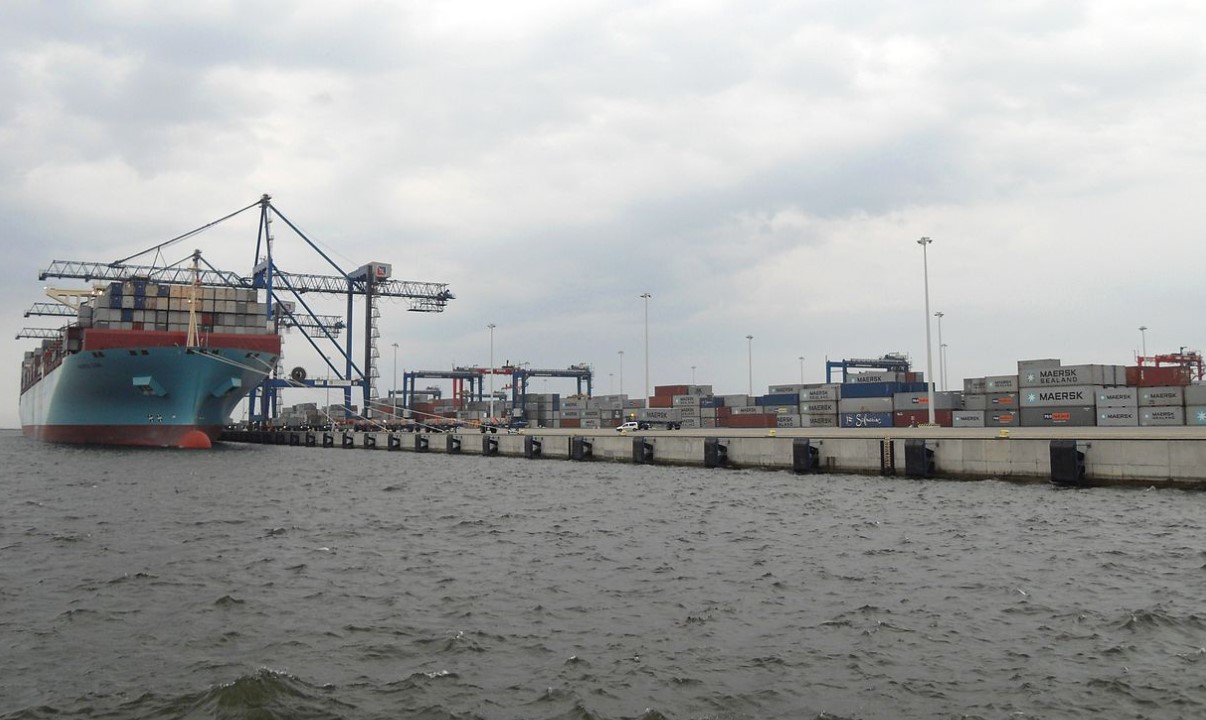
Port containerized DCT Gdansk
Containers it is a very versatile material building mainly due to its extraordinary durability. They are made of steel, which is a very durable material and resistant to all kinds of damage and various weather conditions. They were originally designed to withstand the extremely harsh conditions of transport on the open sea. Thus, they can be used for construction such unusual spaces as marinas or marinas.
What's more, the containers are easy to transport because they have standard dimensions, so they can be transported by road, rail or water. An extremely important advantage containers is also their low cost compared to traditional building materials.
What facilities are necessary ports?
To determine whether the use containers? construction of harbors and marinas is a beneficial solution, the question should be answered: what type of facilities make up the port infrastructure. As it usually happens, there is no one simple answer - large sea transshipment ports have different needs, and small tourist havens in tourist areas have completely different needs, and something else is necessary in the case of tiny river marinas, e.g. in cities.
Transhipment ports: terminals and warehouses
Busy seaports, where thousands of tons of goods are transshipped daily, primarily need facilities for handling incoming and outgoing ships, as well as storage space, for example for products that have been detained during inspection or customs clearance. Therefore, analyzing the objects that could be built with the use of new or used containers are:
- offices customer service,
- facilities sanitary (bathrooms, toilets),
- basic catering facilities (fast food bar, where customers waiting for check-in or truck drivers waiting for loading can drink coffee or eat something),
- service offices.
Tourist havens
Beautiful, tourist havens in attractive regions, such as Polish Masuria, or, for example, Lake Geneva in Switzerland, or hundreds of beautiful lakes around the world, need functional and elegant havens for tourists. They are supposed to be places where they can leave their boats, do their current shopping, eat lunch - have a nice time. The use of containers in the construction of such harbors and marinas can include buildings such as:
- service offices arriving at the port,
- tourist information points,
- cafes, restaurants,
- shops,
- and even small hotels.
City harbors
In cities located on larger rivers or with an extensive canal system, there is a need to build tiny marinas that function as public transport stops, tourist attraction points (starting points for cruise ships), or places for permanent mooring of premises on the water - most often restaurants. In this respect, the containers can be used as service facilities, municipal information points, and of course for the construction of various types of catering establishments.
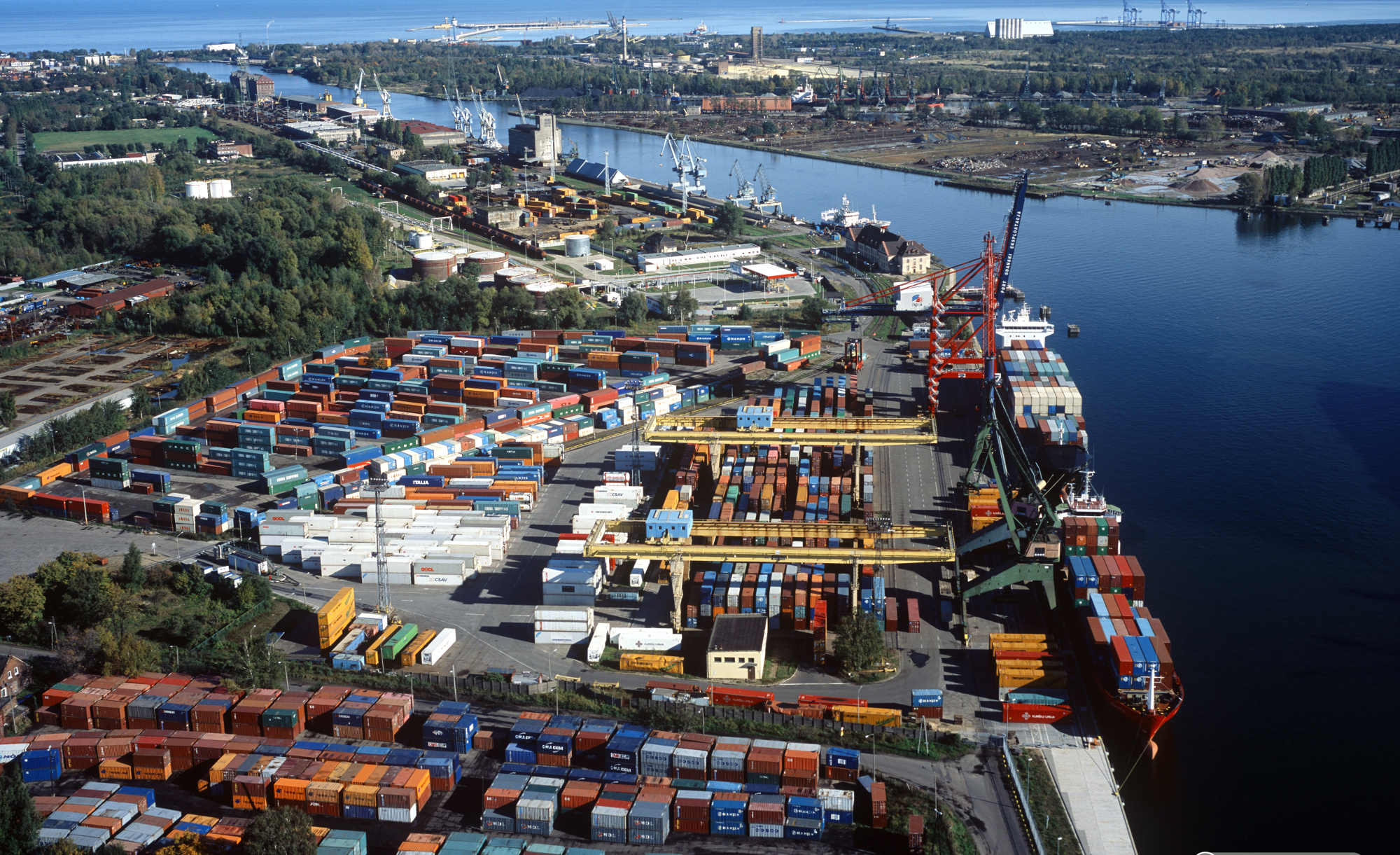
Benefits of using containers in the construction of harbors and marinas
Containers owe their popularity in various areas of the economy and architecture to their unique and universal design, which translates into the functional advantages of this solution. So what is particularly worth emphasizing in the case of building port infrastructure using containers?
Multifunctionality and versatility
Containers are not only great tools for transporting goods, but also for many other applications that make them a versatile tool in creating port infrastructure. They can act as warehouses, offices, shops, customer service points and many others, depending on the needs of the port.
- Thanks to their capacity and ease of transport, containers are an ideal solution for port warehouses. They can accommodate many goods in one place, which facilitates inventory management and also speeds up loading and unloading times.
- Containers can be adapted to serve as service points. They can be equipped with windows, doors, air conditioning and many other amenities that provide comfortable working conditions for employees and customers.
- buildings container they are also an ideal solution for entrepreneurs who need offices located in port areas - these are, for example, transport companies. Such containers can be equipped with sanitary and electrical installations, furniture, air conditioning and other amenities that provide a comfortable and functional workplace.
Modularity = scalability
One of the main advantages of using containers as elements for the construction of facilities at harbors and marinas is their modularity, ie scalability. The containers have standardized sizes, are extremely easy to transport, so they can be easily moved and assembled quickly into various configurations. This allows for flexible adaptation of the port infrastructure to the changing needs and volume of cargo traffic. There are periods of the year, such as November, when freight traffic is significantly increased due to Christmas shopping. Then, in a given port, there may be a need for additional warehouses or several more service offices.
Speed of construction and low costs
Building traditional port terminals can be time consuming and costly. However, the use of containers allows construction time to be significantly reduced as modules can be prepared in factories and then quickly assembled on site. Moreover, the use of containers can help reduce costs, especially when compared to traditional construction techniques. There are many other benefits that come with using containers, such as:
- the ability to easily move modules from one port to another;
- flexibility in the design of port terminals, as container modules can be adapted to different needs;
- faster modernization of port terminals as container modules can be added or removed as needed.
Durable construction
Marinas, marinas or ports are places with difficult weather conditions, including high humidity. That is why containers are an ideal solution for their construction - they have passed the test of surviving the most extreme conditions in the assessment. They owe their resistance to the construction and the appropriate materials from which they are made. The key to understanding the phenomenon of these solutions is to know their structure.
Container frame - the basis of stability
Modular containers characterized by an extremely durable frame, renowned manufacturers use cold-formed sections with a thickness of 4 mm. In addition, the columns of the containers are also made of solid sections, which ensures the stability of the structure. In order to strengthen the whole body container, these elements are screwed to the upper and lower frames. This guarantees not only durability, but also gives the possibility of stacking, which is a great advantage when building, for example, port warehouses, because a larger storage area can be easily placed in a smaller space.
The floor, i.e. reinforcement and insulation
In high quality containers, for additional stiffening, the floor is made of durable OSB boards with a thickness of about 20-22 mm. The containers are equipped with a layer of mineral wool with a vapor barrier film, which protects the floor from moisture - this is of great importance in marinas where buildings are constantly in contact with water. The inner floor is usually finished with a PVC lining, giving the rooms an aesthetic appearance.
Walls and roof - lightness and functionality
The low weight of the containers is ensured by the walls and roof made of durable and relatively light trapezoidal sheet. The weight of the object is not without significance if it is to be placed, for example, on platforms to which boats are moored. The lighter such a building will be, the lower the risk of damage to the structure of the platforms. The lightweight material also enables easier transport and stacking of containers. Depending on the purpose, the walls can be insulated with mineral wool from 50 to 100 mm, with an additional vapor barrier foil. Finishing the walls from the inside often includes an elegant laminated board in white, especially in containers intended for offices or information points.
Insulated roof - protection against heat loss
The roof of the containers is also insulated, which contributes to protection against heat loss. As in the case of walls, mineral wool protected with a vapor barrier foil is used for this purpose.
Functionality and design - windows and doors
An important element for the functionality of containers in harbors and marinas are large windows. When they are to act as an observation point for what is happening in the port, visibility must be excellent. Of course, depending on the intended use of the facility, the number of windows may vary, an appropriate balance should be found between the amount of light and privacy - because the glazing in the container-café has a different function than in the modules intended for sanitary facilities. The entrance to the container is usually placed on the short side, which ensures better arrangement of the interior. Steel doors with standard dimensions of 90 × 200 cm are most often used, guaranteeing safe and easy access to rooms. The exception are containers intended for warehouses, where a wide gate can be installed to facilitate the loading and unloading of goods.
Sail out into the wide waters
Containers are an excellent building material for use in the construction of marinas and harbours. They are durable, easy to transport and relatively cheap compared to traditional building materials. Containers can be easily combined with each other, which allows the construction of larger spaces and makes it easy to adapt to different needs.
Containers are also extremely versatile and have a number of uses. In addition to storing and transporting goods, containers can be used as warehouses or offices, as well as customer service points. These are just a few examples, because the possibilities of using containers are endless and depend on the needs of the port. In this way, containers can be a key element of port infrastructure, adapted to a variety of tasks.

